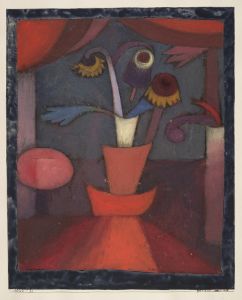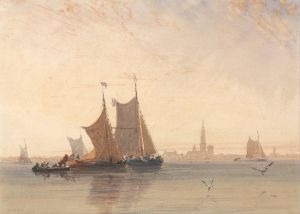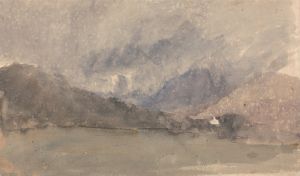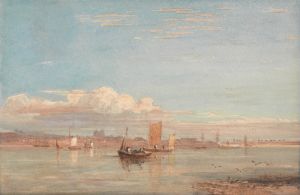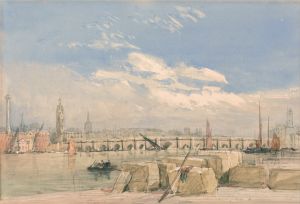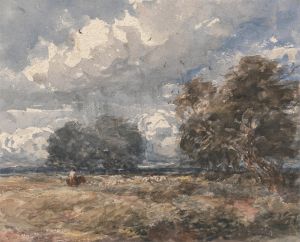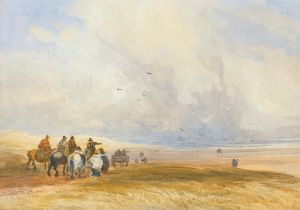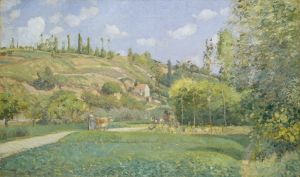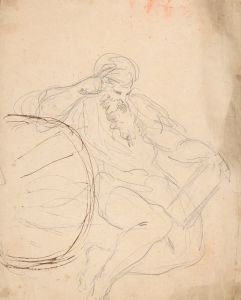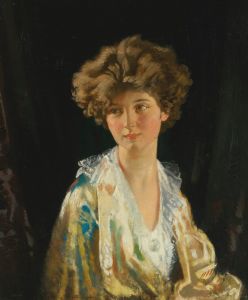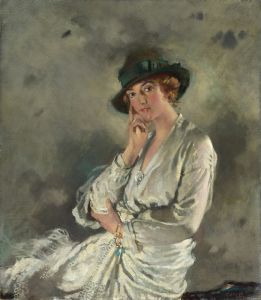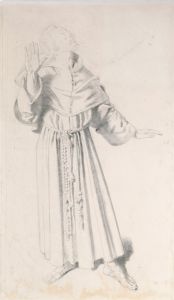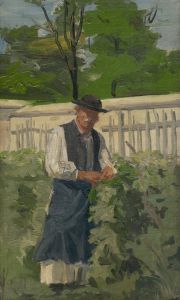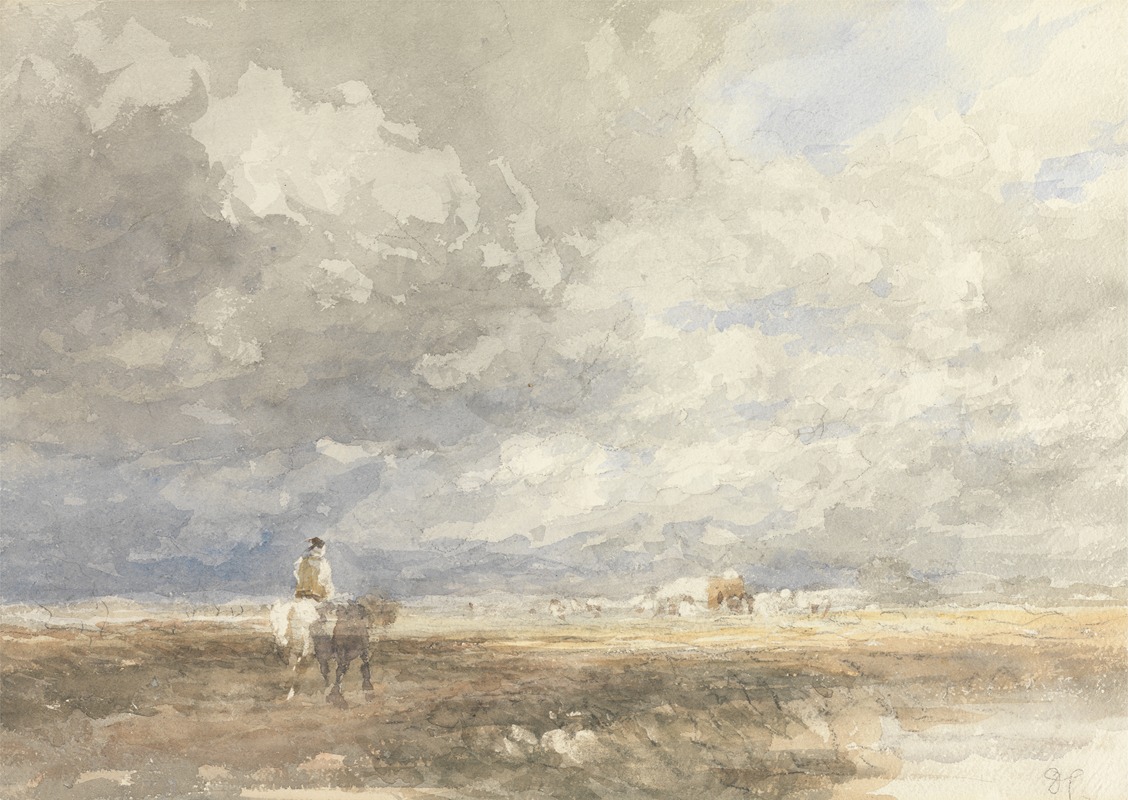
Going to the Hayfield
A hand-painted replica of David Cox’s masterpiece Going to the Hayfield, meticulously crafted by professional artists to capture the true essence of the original. Each piece is created with museum-quality canvas and rare mineral pigments, carefully painted by experienced artists with delicate brushstrokes and rich, layered colors to perfectly recreate the texture of the original artwork. Unlike machine-printed reproductions, this hand-painted version brings the painting to life, infused with the artist’s emotions and skill in every stroke. Whether for personal collection or home decoration, it instantly elevates the artistic atmosphere of any space.
David Cox, an influential figure in the English landscape painting tradition, is renowned for his contributions to the development of watercolor and oil painting techniques in the 19th century. One of his notable works, "Going to the Hayfield," exemplifies his mastery in capturing the serene beauty of rural England.
"Going to the Hayfield" is an oil painting created by Cox in 1850. The artwork is a quintessential representation of the Romantic movement's focus on nature and the pastoral landscape, which was a significant theme during this period. Cox's ability to depict the natural environment with a sense of immediacy and emotion is evident in this piece.
The painting portrays a tranquil rural scene, where figures are seen making their way to a hayfield. The composition is characterized by its soft, atmospheric effects, achieved through Cox's adept use of color and light. The sky, a dominant feature in the painting, is rendered with a delicate blend of blues and whites, suggesting a typical English summer day. The light filters through the clouds, casting gentle shadows on the landscape below.
Cox's technique in "Going to the Hayfield" reflects his skill in both watercolor and oil mediums. Although primarily known for his watercolors, Cox's oil paintings also demonstrate his ability to convey mood and atmosphere. In this painting, he employs a loose brushwork style, which was somewhat innovative for the time, allowing him to capture the fleeting effects of light and weather with a sense of spontaneity.
The figures in the painting are integrated harmoniously into the landscape, emphasizing the connection between people and their environment. This integration is a hallmark of Cox's work, as he often depicted rural life with a sense of authenticity and respect for the natural world. The figures are not merely accessories to the landscape but are an integral part of the scene, contributing to the overall narrative of rural life and labor.
David Cox's influence on landscape painting is significant, as he was part of a movement that sought to elevate the genre to new heights. His work, including "Going to the Hayfield," inspired subsequent generations of artists to explore the possibilities of landscape art. Cox's emphasis on capturing the transient effects of light and atmosphere paved the way for later developments in Impressionism.
"Going to the Hayfield" remains an important work in Cox's oeuvre, showcasing his ability to blend technical skill with a deep appreciation for the natural world. The painting is a testament to his contribution to the Romantic landscape tradition and his enduring legacy in the history of English art.





